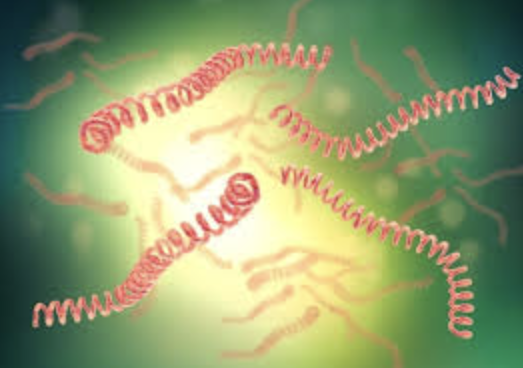
20/January/2025
LEPTOSPIROSIS: PREVENTION THROUGH PEST CONTROL
SALMONELLA AND ITS CONTROL IN THE FOOD INDUSTRY: INTEGRATED PREVENTION THROUGH PEST CONTROL
Leptospirosis is a zoonotic disease caused by bacteria of the genus Leptospira, which can affect both humans and animals. Transmission primarily occurs through contact with water, soil, or food contaminated with the urine of infected animals, especially rodents and squirrels. This disease can cause severe symptoms and, in some cases, can even be fatal. In this blog, we will explore what leptospirosis is, how it spreads, and how effective pest control can play a fundamental role in its prevention.
What is Leptospirosis?
Leptospirosis is a bacterial infection that can present in various forms, ranging from mild flu-like symptoms to severe illnesses affecting the kidneys, liver, and nervous system. People commonly become infected when they come into contact with contaminated water or soil, including fields, where there are rodents, squirrels, livestock, or sick pets. Symptoms include fever, headache, muscle aches, and in severe cases, it can lead to complications such as meningitis, kidney failure, or respiratory problems.
Mechanisms of Transmission
The bacteria Leptospira are found in the urine of infected animals, particularly rats, mice, and squirrels. When these animals urinate in water sources, soil, or fields, bacteria can survive for extended periods, especially in warm and humid environments. Humans can become infected by:
- Swimming or working in contaminated water.
- Touching broken or cut skin with contaminated water.
- Coming into contact with contaminated soil, including fields.
- Consuming food that has been in contact with contaminated water.
The Importance of Pest Control in the Prevention of Leptospirosis
An effective approach to pest control is fundamental in preventing leptospirosis. Here are some strategies to help minimize the risk of infection:
- Control of Rodents and Squirrels: The presence of rodents and squirrels is one of the main risk factors for the transmission of leptospirosis. Implementing a pest control program that includes monitoring and eliminating populations of these animals is essential. This can involve using traps, baits, and exclusion measures, such as sealing openings and keeping areas clean.
- Cleaning and Sanitation: Keeping work areas, fields, and production areas free of waste and organic debris is crucial to reduce attraction and refuge for rodents, squirrels, and other animals. Establishing regular cleaning protocols helps ensure a controlled environment where the possibility of infections decreases.
- Education and Training: Educating employees and community members about the risks of leptospirosis and the importance of pest control fosters a prevention culture. Providing training on safe practices and proper waste management is fundamental to minimizing exposure to the bacteria.
- Monitoring and Evaluation: Conducting regular inspections and monitoring areas prone to rodents, squirrels, and other vectors can help identify problems before they escalate into infestations. Continuous monitoring allows for swift corrective measures.
- Collaboration with Professionals: Working with pest control specialists, such as Grupo JJMiteri, ensures that the best practices and standards are implemented in the fight against rodents, squirrels, and other vectors that can transmit leptospirosis.
Regresar al listado
